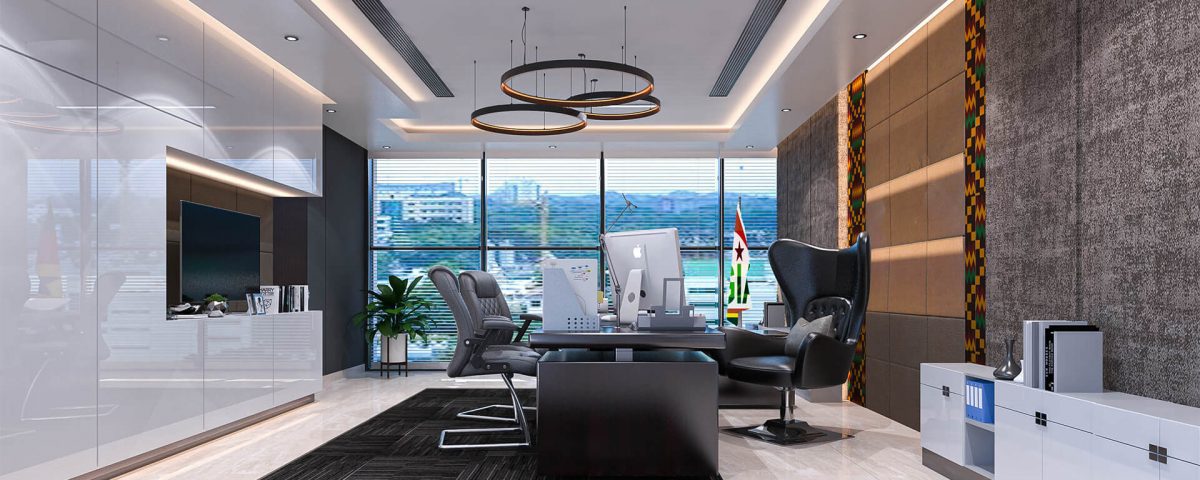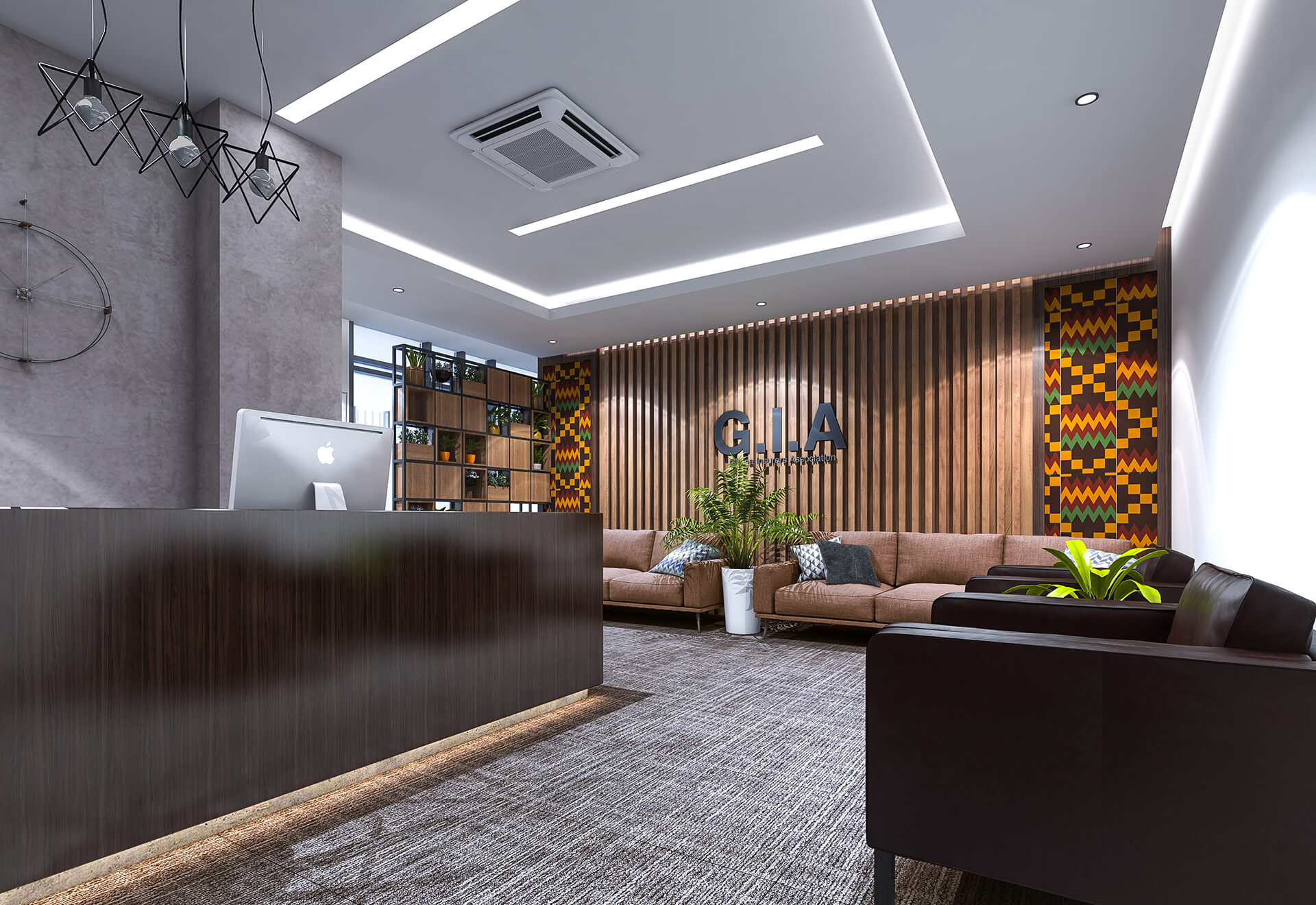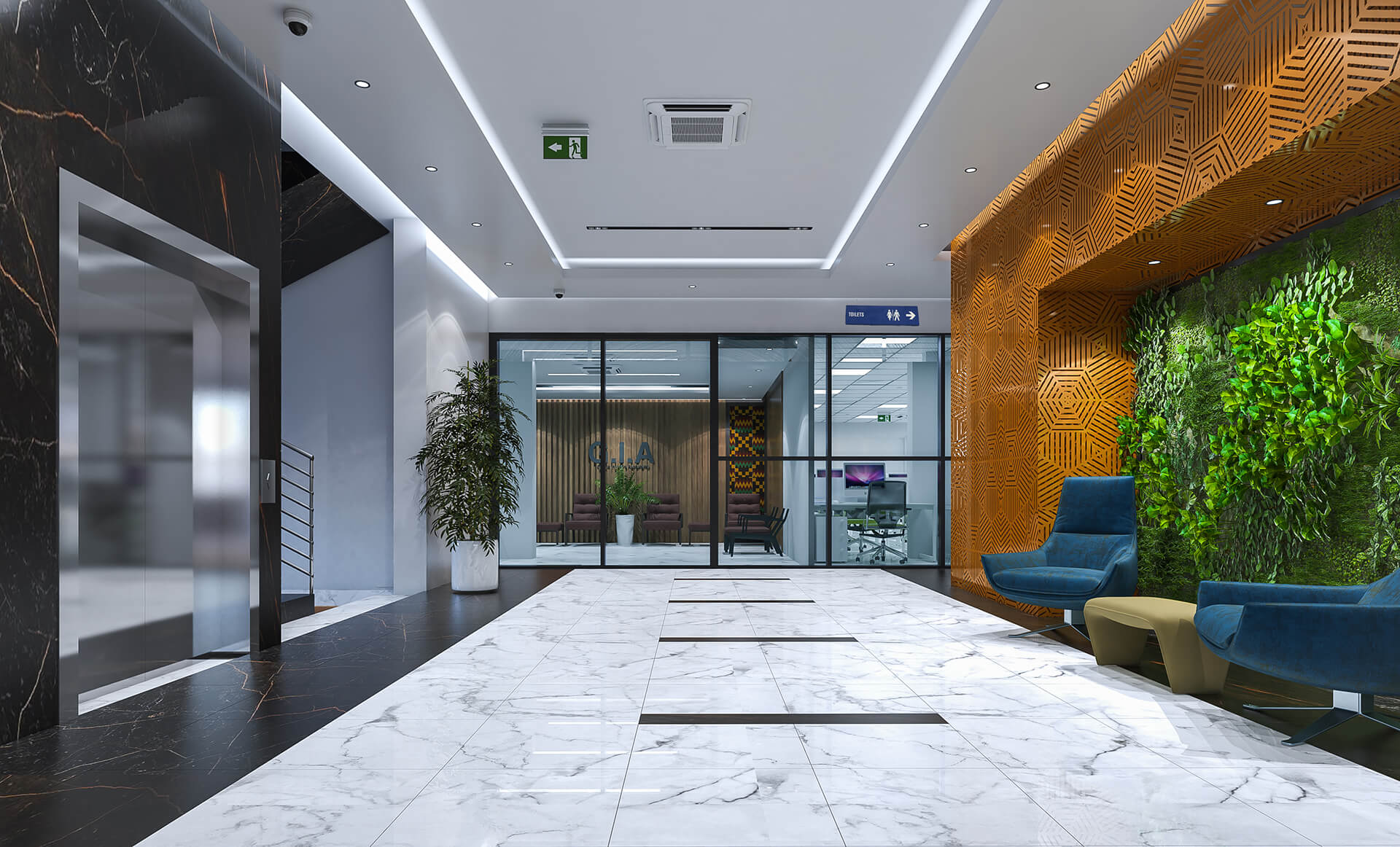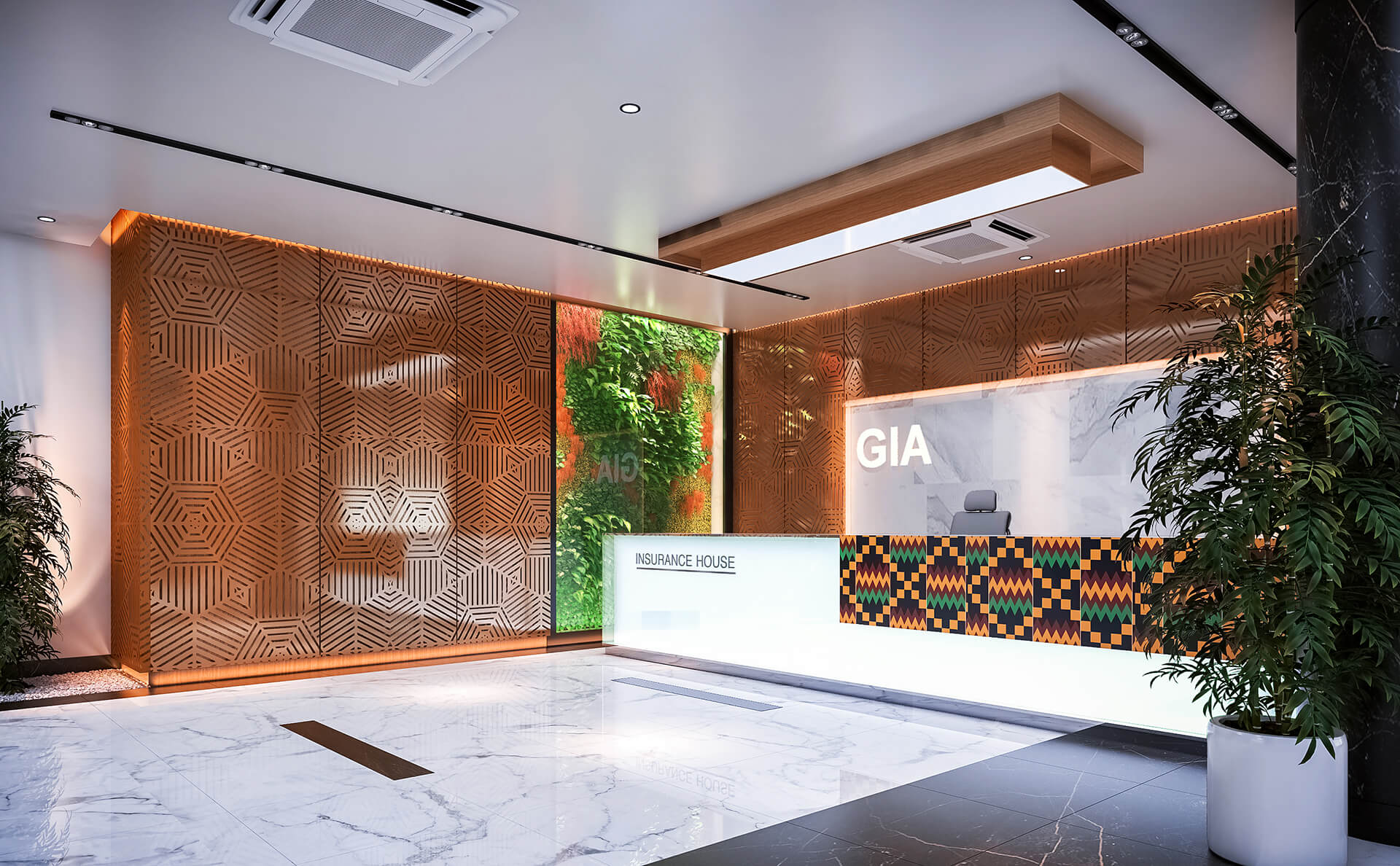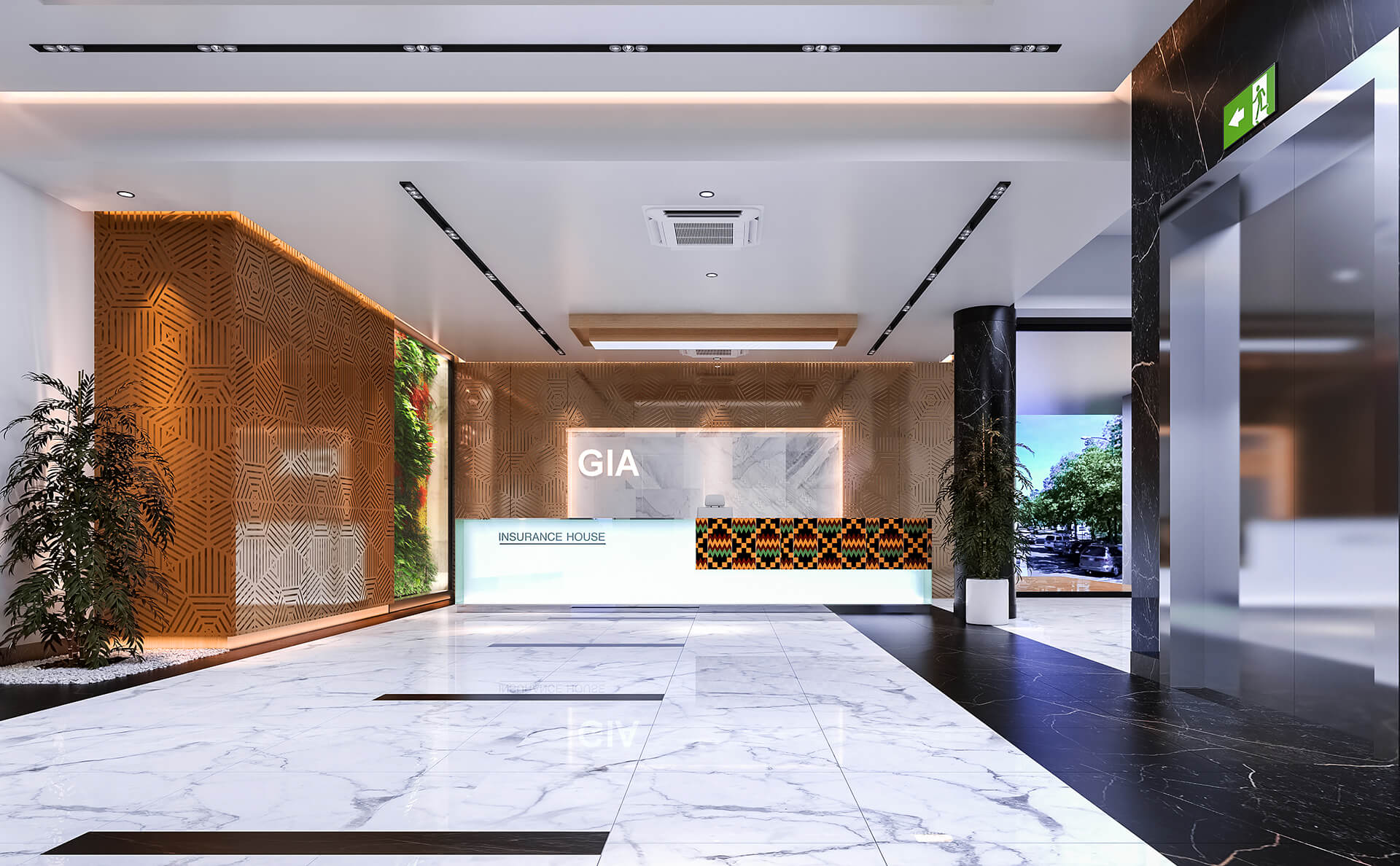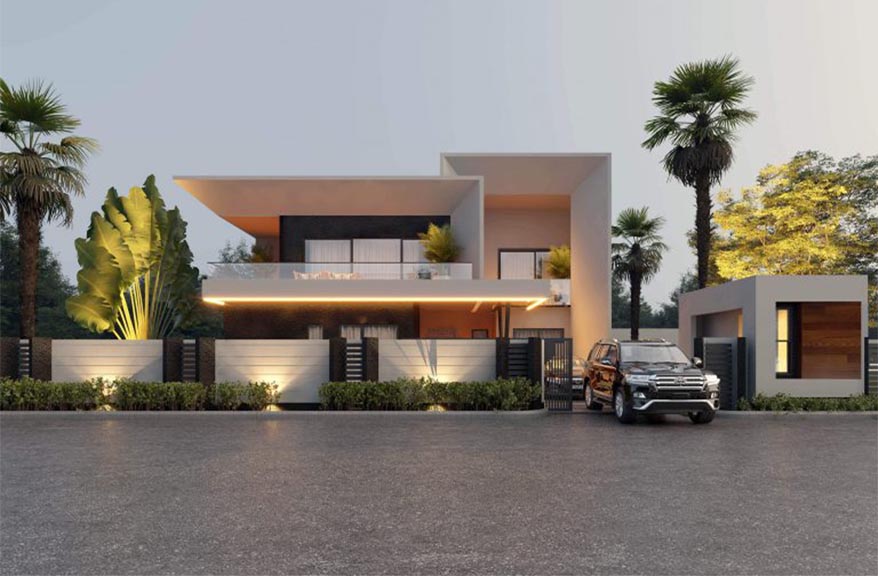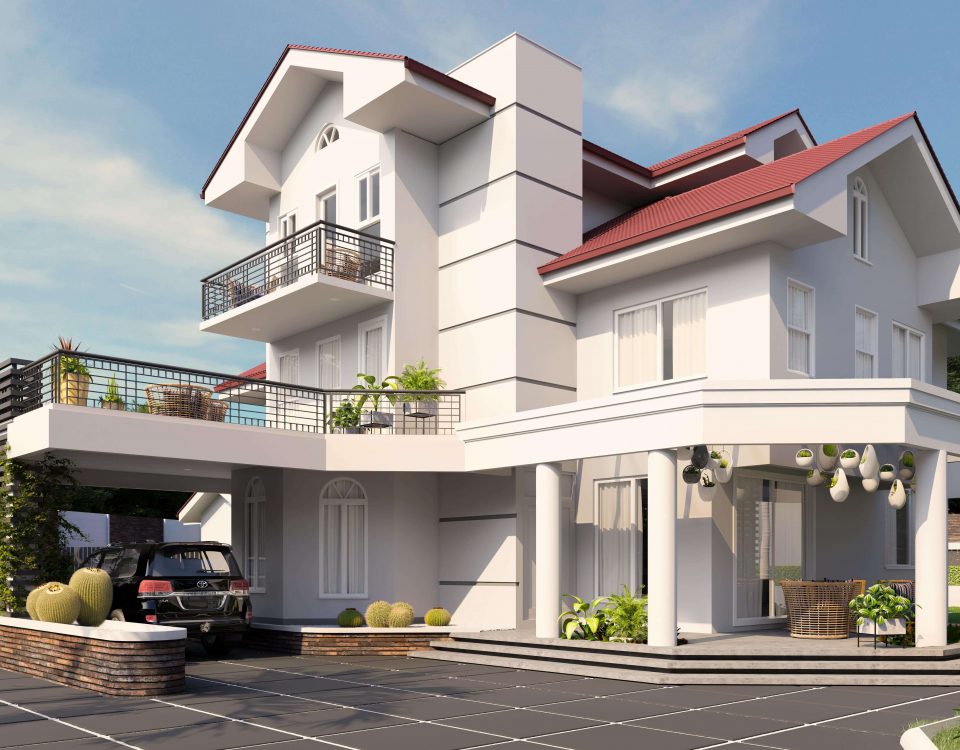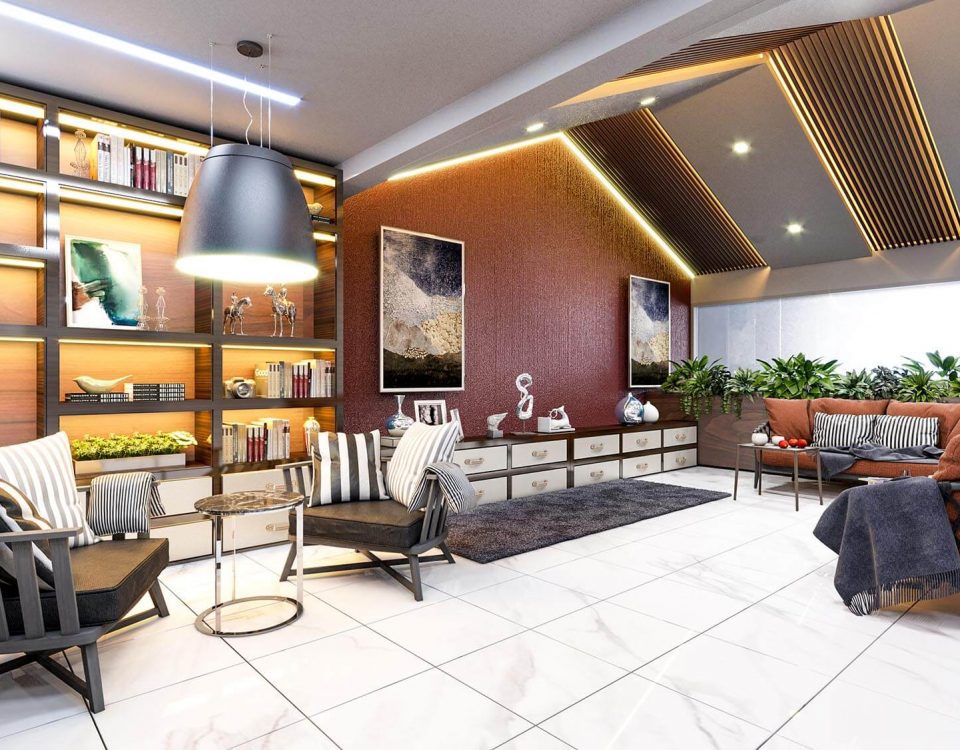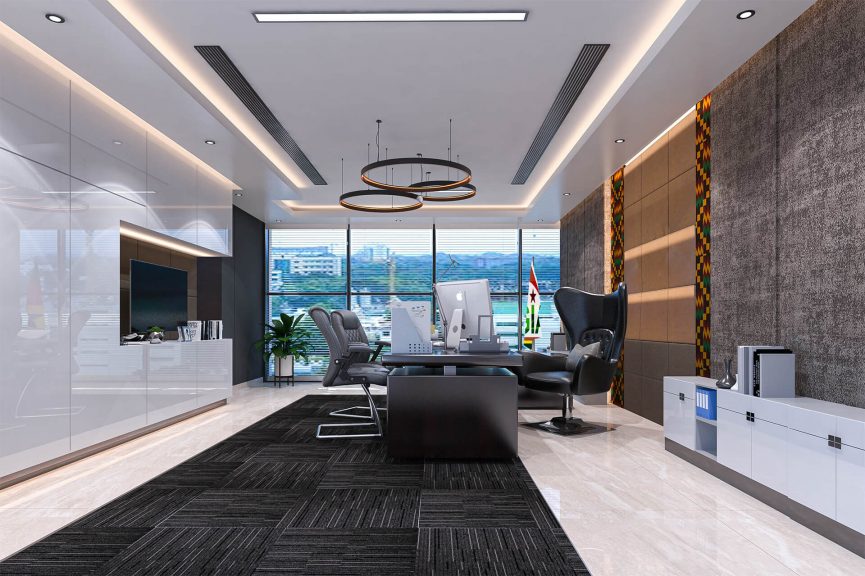
The Power of Spaces: How Architectural Design Influences Productivity

Introduction to the Power of Spaces
When it comes to workplace productivity, the physical space in which we work is often overlooked as a key factor. However, the way our office is designed can have a significant impact on our ability to be productive.
For example, research has shown that employees who have access to natural light are more productive than those who don't. Additionally, workspaces that are designed for collaboration and communication tend to promote higher levels of productivity than those that aren't.
At its core, the power of spaces lies in their ability to influence our behavior. By understanding how different design elements can impact our mood and performance, we can create workspaces that support rather than hinder our productivity.
The Relationship Between Architecture and Productivity
There is a well-documented link between architectural design and productivity. In fact, studies have shown that the right kind of office space can lead to a 15% increase in employee productivity. The wrong kind of office space - on the other hand, can lead to a decrease in productivity by as much as 30%.
So what makes for a productive office space? There are a few key elements that have been shown to influence productivity:
1. Natural light: Employees who have access to natural light are more productive than those who don't.
2. Open spaces: Open-plan offices have been shown to promote collaboration and creativity.
3. Private spaces: Employees need both private and open spaces in order to be productive. Too much of either one can lead to problems.
4. Comfortable temperature: A comfortable temperature is crucial for employee productivity. Studies have shown that even a small difference in temperature can lead to a significant drop in productivity.
5. Acoustics: Poor acoustics can be detrimental to employee productivity. Noise levels should be kept at a minimum in order to allow employees to focus on their work.
Benefits of Good Design
There are countless benefits that come with good design. Perhaps the most obvious is the aesthetic value. A well-designed space is pleasing to look at and can make people feel more comfortable and relaxed. This is especially important in work environments, where employees spend the majority of their day.
Good design can also improve productivity. Studies have shown that employees who work in well-designed spaces are more productive than those who don’t. This is likely because good design promotes a sense of order and helps to reduce distractions. Additionally, good design can improve communication and collaboration by creating open, inviting spaces that encourage interaction.
Good design can also be beneficial to your bottom line. Customers are more likely to do business with companies that have attractive, well-designed spaces. Additionally, businesses can save money by investing in quality design upfront – poorly designed spaces often require expensive renovations down the line.
Factors that Influence Productivity in Architectural Design
There are a variety of factors that can influence productivity in architectural design, from the physical layout of the space to the type of furniture and fixtures used. The following are some key factors to keep in mind when designing a productive space for architectural design:
-Layout: The layout of a space can have a big impact on productivity. A well-designed layout will allow for easy movement and flow between different areas, while a poorly designed layout can be cramped and cluttered, making it difficult to get around and work efficiently.
-Furniture and fixtures: The type of furniture and fixtures used in a space can also affect productivity. ergonomic furniture that is comfortable and allows for proper posture will help to improve concentration and prevent fatigue, while cheap or flimsy furniture can be a distraction and make it difficult to focus on work.
-Lighting: Lighting is another important factor influencing productivity in architectural design. Good lighting should be bright enough to work by without being harsh or causing eye strain, and should be evenly distributed throughout the space to avoid any dark or shadowy areas.
- Acoustics : Poor acoustics can be a major distraction in an architectural design office, making it difficult to concentrate on work. In order to create a more productive environment, it is important to reduce noise levels as much as possible, either through soundproofing measures or by using quieter office equipment.
There is a growing body of research that demonstrates the profound impact that architectural design can have on productivity. In fact, studies show that well-designed office spaces can lead to a boost in employee productivity by as much as 15%.
So, what makes for a productive office space? Here are some examples of successful designs:
1. An open floor plan.
An open floor plan encourages collaboration and creativity by making it easy for employees to interact with one another. This type of layout also allows for more natural light and ventilation, which has been shown to improve mood and cognitive function.
2. A mix of private and public spaces.
While an open floor plan is great for promoting collaboration, it’s also important to have some private spaces where employees can focus on individual tasks without distractions. A mix of private and public spaces gives employees the best of both worlds and helps to create a more balanced work environment.
3. Ample storage and organization options.
A cluttered workspace can be distracting and stressful, so it’s important to make sure there are plenty of storage and organization options available. This way, employees can keep their work area tidy and free from distractions.
4. comfortable furniture and layouts.
The furniture in an office space should be comfortable and promote good posture, as this can help reduce fatigue and improve concentration levels. Additionally, the layout of the furniture should allow for easy movement throughout the space so
How to Create an Optimal Work Environment
The physical environment in which we work has a profound impact on our productivity. The right mix of light, color, and noise can help us focus and feel more creative. Here are some tips for creating an optimal work environment:
1. Let there be light: Natural light is best, but if you don't have access to it, make sure your workspace is well-lit. Avoid harsh fluorescent lighting, which can be jarring and stressful.
2. Add some color: Color can influence our mood, so consider adding splashes of your favorite hues to your workspace. But beware of using too much of any one color, as that can be overwhelming.
3. Keep the noise level down: Too much noise can be distracting and make it difficult to concentrate. If you work in a shared space, consider investing in a pair of noise-cancelling headphones.
4. Get organized: A cluttered workspace can be stressful and lead to lost productivity. Take some time to declutter and organize your desk, files, and other materials.
5. Take breaks: It's important to take breaks throughout the day to recharge and refresh yourself. Step away from your desk for a few minutes every hour or so, and take a walk outside if possible.
Conclusion
It is clear that the power of space and architectural design can play an important role in influencing productivity. By understanding how our environment affects us and making changes to our surroundings accordingly, we have the potential to create a more productive atmosphere for ourselves and those around us. Whether it’s investing in ergonomic furniture or taking advantage of natural light, it’s important to remember that your environment has an impact on your work; so make sure you take the necessary steps to ensure you have a space conducive to getting things done!

